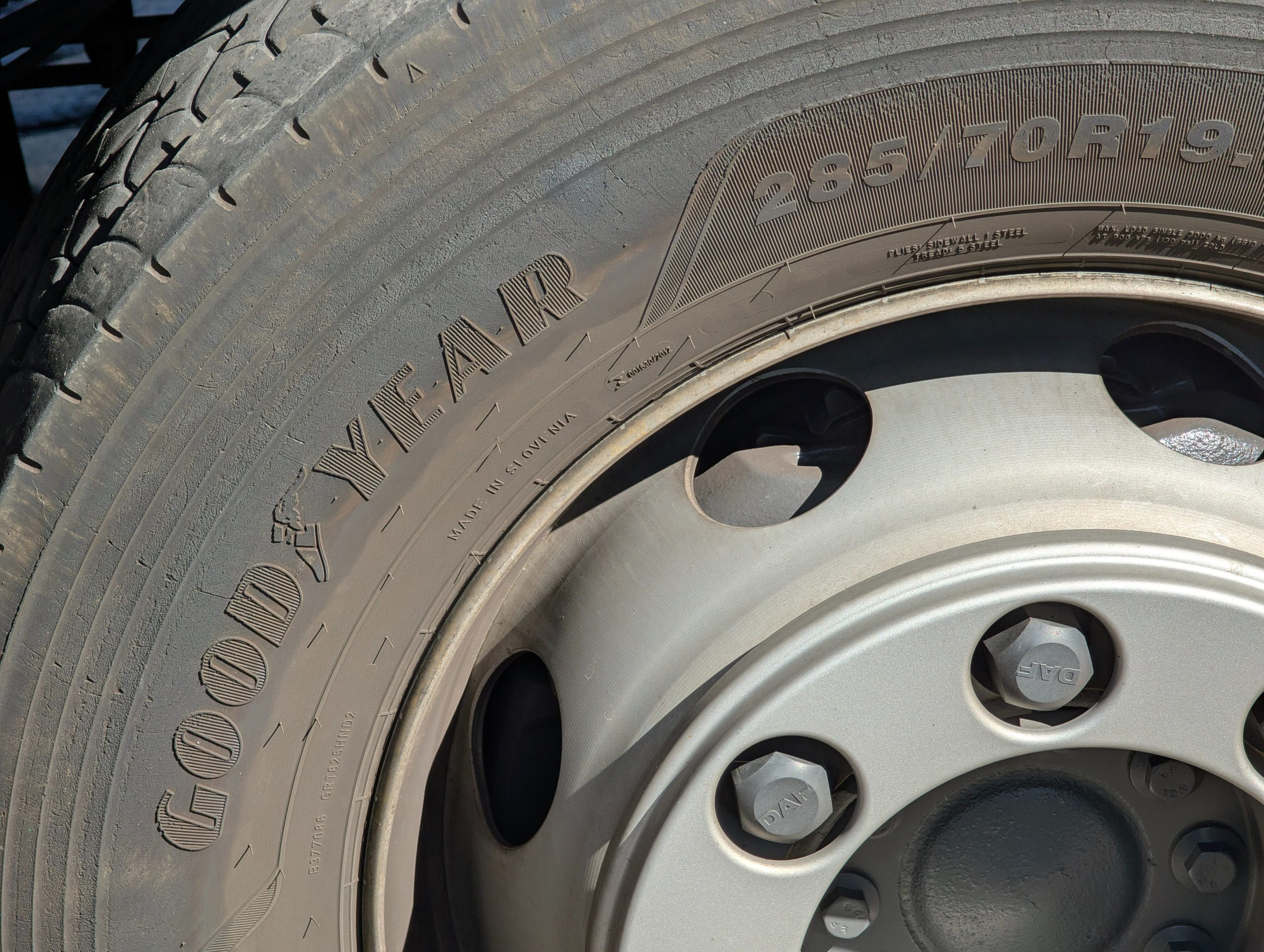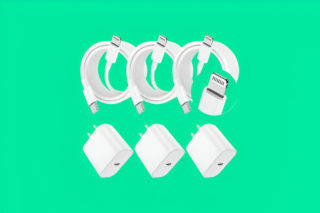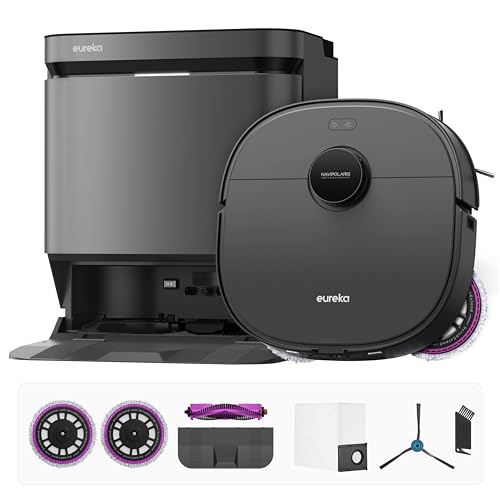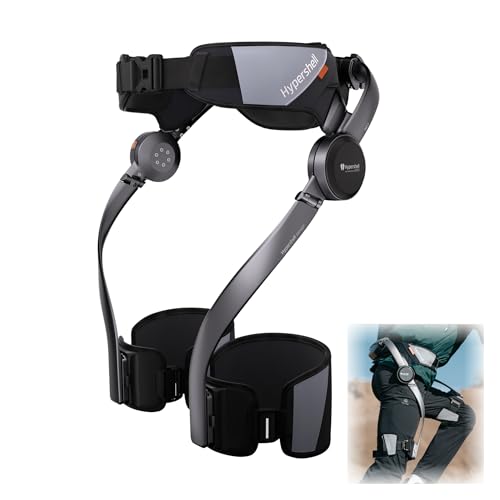Used car shopping feels like detective work crossed with gambling—except the house always knows more than you do. Dealers polish paint, replace air fresheners, and run vehicles through reconditioning that makes everything look pristine. But they can’t easily hide what’s written in the tire tread, especially along the inside shoulder where most buyers never look.
Inside shoulder wear appears as a slick, worn-down strip along the inner edge of the tire, often worn to the metal wear bars, while the center and outer edges look nearly new. This isn’t normal aging—it’s your future repair bill announcing itself.
What Your Tire’s Inside Edge Really Says
Excessive inner wear signals chronic alignment issues or structural suspension damage from accidents.
That uneven wear pattern screams one thing: the wheels aren’t pointing where they should. Misalignment causes the inside edge to scrub against asphalt with every mile, creating friction patterns that reveal the car’s hidden trauma.
Behind this wear hides:
- Negative camber settings
- Incorrect toe alignment
- Damaged suspension components, like bent control arms
- Twisted subframes
These problems often stem from unreported accidents—the kind where someone clips a curb hard or slides into a barrier but drives away without filing insurance claims.
The Math That Should Scare You
Simple alignment corrections cost around $100, but underlying suspension damage runs into thousands.
Here’s where the financial reality hits hard. If the wear pattern results from basic alignment drift, you’re looking at roughly a $100 fix. But inside shoulder wear often indicates deeper structural problems that proper shops quote between $500 and $2,000 to repair correctly.
Consider control arms, tie rods, struts, or even frame damage requiring specialized equipment to diagnose and repair. Meanwhile, you’ll burn through new tires every 15,000 miles instead of 50,000 until the underlying problem gets addressed.
Your 30-Second Inspection Protocol
Turn the steering wheel fully and run your hand along the inside tire edges to detect hidden wear.
Park on level ground and turn the steering wheel completely to one side. This exposes the inside edges of your front tires for inspection. Run your hand along the inner shoulder—smooth or slick areas compared to the textured center tread indicate excessive wear.
If the inside edge is worn to the built-in wear bars while other areas show normal tread, consider walking away unless the seller provides documentation of recent suspension repairs with proper alignment verification.
CarFax reports miss plenty of unreported incidents and shoddy repair work, but tire wear patterns don’t lie. Your fingers detect what digital reports overlook, turning you from a potential victim into an informed buyer.





























